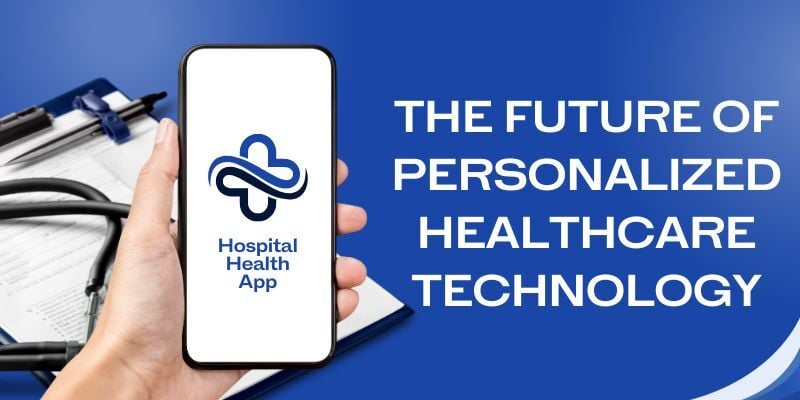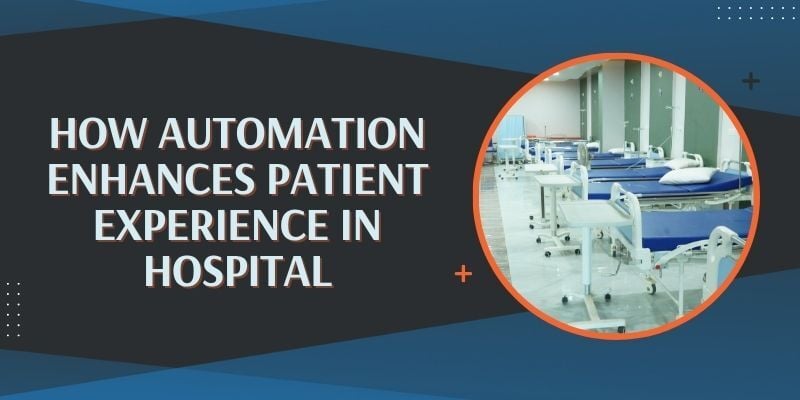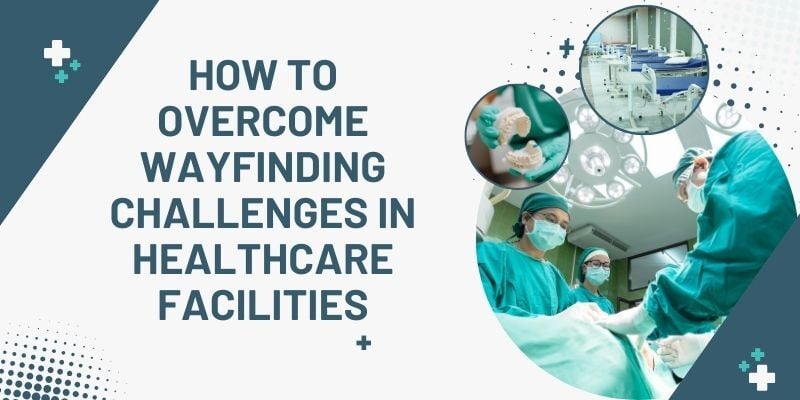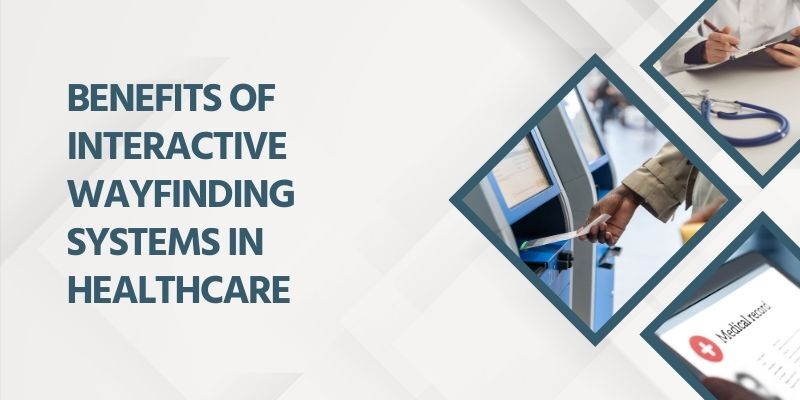Digital Transformation in Healthcare is changing how we get and give medical care. Since COVID-19, there has been a significant move towards using digital tools.
Compared to before the COVID-10 pandemic, telemedicine usage has increased by 28%, and more money is being spent on digital healthcare. Tools like online appointment booking and patient portals make healthcare more accessible and faster.
A Deloitte study found that 92% of patient interactions reported better consumer (patient) satisfaction and engagement with these new technologies.
This article will examine how Digital Transformation in Healthcare helps and what problems it can solve. It will help you understand how new technologies can improve healthcare for everyone.
We will explore the benefits of digital tools like telemedicine, patient portals, and in-hospital monitoring and discuss the challenges faced when adopting these technologies.
Understanding these aspects will help you make informed decisions about using new technologies in healthcare.
What is Digital Transformation in Healthcare?
Digital Transformation in Healthcare means using technology to improve healthcare delivery. This includes electronic health records, telemedicine, and health apps. These tools make connecting and sharing information more accessible for doctors and patients.
Digital transformation helps make healthcare faster, more efficient, and more affordable. For example, telemedicine lets patients talk to doctors from home, which saves time and reduces the need for travel. Health apps can remind patients to take their medicine and track their health.
Since the COVID-19 pandemic, the use of digital tools in healthcare has grown.
According to Statista, the digital health market is expected to grow to $660 billion by 2025. These technologies help doctors provide better care and make it easier for patients to get the help they need.
In short, digital transformation in healthcare uses technology to improve healthcare.
Benefits of Digital Transformation in Healthcare

Digital transformation in healthcare offers numerous advantages that improve the overall quality and accessibility of medical care. Here are some key benefits:
- Improved Patient Outcomes
- Increased Efficiency
- Data-Driven Decision Making
- Enhanced Patient Engagement and Satisfaction
- Proactive and Preventive Healthcare
1. Improved Patient Outcomes
Using digital tools like telemedicine and health apps helps doctors provide better care. These tools allow for timely diagnosis and treatment, improving health outcomes. Patients can easily follow treatment plans and receive reminders for medications.
2. Increased Efficiency
Digital transformation streamlines healthcare processes. Electronic health records reduce paperwork and make it easy for doctors to access patient information. Online appointment booking and automated billing save time and reduce errors, making healthcare more efficient.
3. Data-Driven Decision Making
Healthcare providers can collect and analyze vast amounts of data with digital tools. This helps in making informed decisions about patient care. Predictive analytics can identify health risks early, providing timely interventions and better resource management.
4. Enhanced Patient Engagement and Satisfaction
Digital tools like patient portals and mobile apps make it easier for patients to stay engaged with their healthcare.
They can access their medical records, schedule appointments, and communicate with doctors. This leads to higher patient satisfaction and better adherence to treatment plans.
5. Proactive and Preventive Healthcare
Digital transformation in healthcare enables proactive healthcare by monitoring patients’ health in real-time.
Wearable devices and health apps track vital signs and alert doctors to potential issues before they become serious. This helps prevent diseases and manage chronic conditions more effectively.
How does Digital Transformation Improve Healthcare?

Digital Transformation in Healthcare brings many improvements that make medical care more efficient and accessible. Here are some key areas where digital tools make a difference:
- On-demand Healthcare Solutions
- Online Appointment Booking
- Virtual Queue Management
- Patient Portals
- Telemedicine
- In-Hospital Patient Monitoring
- Patient Check-In Process
1. On-Demand Healthcare Solutions
On-demand healthcare solutions allow patients to receive medical care anytime and anywhere.
Mobile health apps, telemedicine, and virtual consultations enable patients to get diagnoses and treatments without visiting a healthcare facility. This primarily benefits those living in remote areas or with mobility issues.
2. Online Appointment Booking
Online appointment booking simplifies scheduling for both patients and healthcare providers.
Patients can book, reschedule, or cancel appointments through a website or app. Automated reminders help reduce no-shows, improving clinic efficiency and patient adherence to their health plans.
3. Virtual Queue Management
Virtual queue management systems reduce waiting times and overcrowding in clinics. Patients can join a virtual queue and receive updates on their waiting status via their phones.
This system improves the patient’s experience by minimizing physical waiting room time and promoting social distancing.
4. Patient Portals
Patient portals provide a secure platform for patients to access their health information online. They can view medical records, lab results, and treatment plans.
Patients can also communicate with their healthcare providers, request prescription refills, and manage appointments all in one place.
5. Telemedicine
Telemedicine allows patients to consult with doctors remotely via video calls. This is particularly useful for routine check-ups, follow-up visits, and managing chronic conditions. Telemedicine expands access to healthcare, especially for those who cannot easily visit a clinic.
6. In-Hospital Patient Monitoring
In-hospital patient monitoring uses digital tools to track patients’ vital signs and health status in real time. This technology helps detect issues early and allows for timely interventions.
Continuous monitoring improves patient safety and outcomes by providing accurate and up-to-date information to healthcare providers.
7. Patient Check-In Process
Digital check-in processes simplify patient registration and reduce paperwork. Patients can check in using kiosks or mobile devices, which speeds up the process and reduces administrative burdens on staff.
This ensures a smoother and faster experience for patients entering the healthcare facility.
Top Challenges to Digital Transformation in Healthcare

While Digital Transformation in Healthcare offers numerous benefits, it also presents several challenges that must be addressed. Here are the top challenges:
- Interoperability Issues
- Data Security and Privacy Concerns
- Adoption and Training
- Usability and Resource
1. Interoperability Issues
Interoperability refers to the ability of different systems and software to communicate and exchange data. This means ensuring that various electronic health records (EHRs), health apps, and other digital tools can work together seamlessly in healthcare.
Lack of interoperability can lead to data silos, where information is trapped in one system and cannot be accessed by others, hindering coordinated care.
2. Data Security and Privacy Concerns
Protecting patient data is crucial in healthcare. With the increase in digital tools, the risk of data breaches and cyberattacks has also increased.
Ensuring the security and privacy of sensitive health information requires robust cybersecurity measures. Compliance with regulations like HIPAA (Health Insurance Portability and Accountability Act) is essential to protect patient privacy and build trust.
3. Adoption and Training
Adopting new technologies can be challenging for healthcare providers. Many professionals are accustomed to traditional methods and may resist change.
Effective training programs are necessary to ensure staff members are comfortable and proficient with new digital tools. With proper training, the full benefits of digital transformation in healthcare can be realized.
4. Usability and Resource
Digital tools must be user-friendly to be effective. Complicated interfaces can discourage both patients and healthcare providers from using them.
Additionally, not all patients have access to the necessary resources, such as reliable internet or smartphones, which can create disparities in care. Ensuring that digital solutions are easy to use and accessible to everyone is crucial for their success.
Leading Companies in Digital Transformation in Healthcare
As the healthcare industry continues to accept digital transformation, several companies are at the forefront, offering innovative products and services that improve patient care operational efficiency and drive better health outcomes.
Here is a list of key players in the digital healthcare space, including their main offerings and website links for more information:
Things to know
|
Company Name |
Products/Services |
Website Link |
|
Wavetec |
Queue Management, Self-Service Kiosks, Telemedicine Solutions |
|
|
Philips Healthcare |
Telehealth, Patient Monitoring, Health Informatics |
|
|
Cerner Corporation |
Electronic Health Records (EHR), Population Health Management |
|
|
GE Healthcare |
Medical Imaging, Patient Monitoring, Digital Health Solutions |
|
|
Siemens Healthineers |
Diagnostic Imaging, Lab Diagnostics, Healthcare IT |
|
|
Teladoc Health |
Telemedicine, Virtual Care, Health Data Analytics |
|
|
Medtronic |
Remote Monitoring, Digital Surgery, AI in Healthcare |
|
|
Allscripts |
EHR, Practice Management, Patient Engagement |
|
|
IBM Watson Health |
AI in Healthcare, Data Analytics, Health Cloud Services |
|
|
Epic Systems |
Electronic Health Records, Telehealth, Patient Engagement |
Digital Transformation in Healthcare – FAQS
What are the 3 R’s of digital transformation?
The 3 R’s of digital transformation are Reimagine, Reinvent, and Redefine. To adapt to new digital capabilities, reimagine processes and services, reinvent business models, and Redefine customer and employee experiences.
How has digital technology changed healthcare?
Digital technology has made healthcare more accessible and efficient by enabling telemedicine, online appointment booking, and electronic health records. It has improved patient outcomes and streamlined healthcare operations.
What technology will have the most significant impact on healthcare?
Artificial intelligence (AI) is expected to have the most significant impact on healthcare. Through predictive analytics and automation, it can improve diagnostics, personalize treatment plans, and improve patient care.
Final Words
Digital Transformation in Healthcare is revolutionizing how medical services are delivered and received. By integrating digital tools like telemedicine, online appointment booking, and patient portals, healthcare providers can offer more efficient, accessible, and personalized care.
While there are challenges, such as interoperability issues, data security, and the need for training, the benefits far outweigh the difficulties.
Adopting these technologies improves patient outcomes and boosts the overall healthcare experience.
As the industry continues to evolve, healthcare organizations need to adapt and invest in digital solutions to stay ahead and meet the needs of their patients effectively.
BOOK A FREE DEMO





